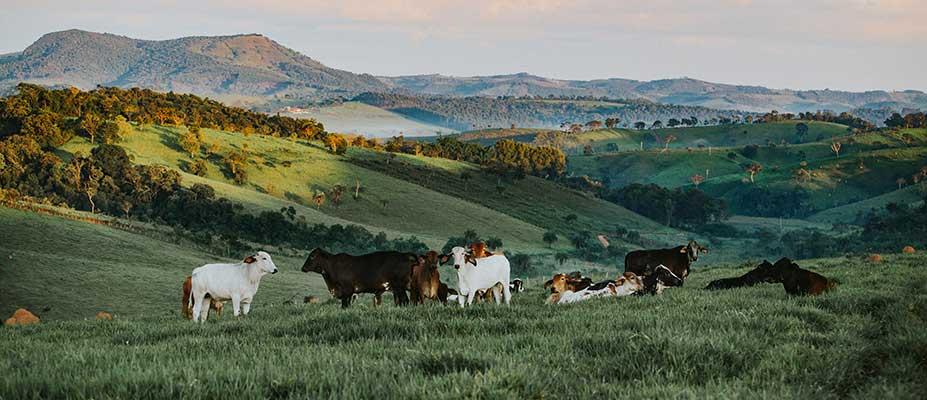Rangelands in India

- 21 May 2024
Why is it in the News?
A new report by the United Nations paints a concerning picture of the world’s rangelands, with up to 50 per cent estimated to be degraded.
What are Rangelands?
- A rangeland is an open area that is suitable for grazing livestock.
- Rangelands are home to grass and grass-like plants, shrubs, and scattered trees.
- They are, however, unfit for growing crops due to their aridity and poor soil quality.
- Rangelands cover 80 million square kilometres, or over 54 per cent of the terrestrial surface, constituting the largest land cover/use type in the world but accounting for one-sixth of global food production and representing nearly one-third of the planet’s carbon reservoir.
- According to the Rangelands Atlas, livestock production systems in rangelands cover 45 per cent of the global land surface, almost half of which is situated in drylands.
- In India, rangelands occupy about 121 million hectares and the area used for grazing is estimated at around 40 per cent of the total land surface of India, including grasslands (17 per cent), and forests (23 per cent).
Key Characteristics of Rangelands in India:
- Vegetation: Rangelands in India is primarily covered with grasses and shrubs, such as Dichanthium annulatum (gamhar), Cenchrus ciliaris (buffel grass), and Ziziphus nummularia (ber).
- The presence and type of vegetation vary based on rainfall and soil conditions, with trees being scattered or sometimes entirely absent.
- Climate: These areas experience semi-arid to arid climates with significant seasonal variations in rainfall.
- Droughts are a frequent challenge.
- Soil: Rangeland soils are typically thin and less fertile than those found in agricultural areas.
- Land Use: Rangelands are mainly used for grazing by domestic animals like cattle, sheep, and goats.
- Some of these lands also support wildlife herbivores.
The Significance and Management of Rangelands in India:
- Rangelands play a pivotal role in India's ecosystem, serving as primary grazing areas for livestock, maintaining biodiversity, and providing ecological services such as soil erosion prevention, water flow regulation, and carbon storage.
- These lands are also a crucial source of livelihood for millions through pastoralism, dairy production, and wool production.
- However, rangelands face multiple challenges, including overgrazing, climate change, and encroachment, which negatively impact their health and productivity.
- To address these issues, several management strategies have been employed:
- Rotational Grazing: This approach allows for controlled grazing periods, enabling vegetation to recover and promoting long-term sustainability.
- Reseeding: By reintroducing native grasses and shrubs, the quality of rangelands can be significantly enhanced.
- Community-Based Management: Engaging local communities in the decision-making process fosters sustainable practices and ensures the well-being of both the rangelands and the people relying on them.
- Understanding the significance of rangelands in India is essential for maintaining their vitality, supporting the livelihoods of those dependent on them, and ensuring the continued provision of vital ecological services.
